 Paris’ 13th arrondissement has never been one of the chic areas of Paris.
Paris’ 13th arrondissement has never been one of the chic areas of Paris.From the 1930s to the end of the 1950s it was gangsterland

The arrondissement’s Rue Tolbiac above) that runs west-east (Paris’ streets are numbered from west to east) through it was where the mobs roamed and ruled. The mobsters weren’t vicious.
 They didn’t shoot you dead for a shot of shit (police lingo for hashish and heroin), but were considered rather glamorous, made so by Jean Gabin, Lino Ventura and Eddie Constatine movies.
They didn’t shoot you dead for a shot of shit (police lingo for hashish and heroin), but were considered rather glamorous, made so by Jean Gabin, Lino Ventura and Eddie Constatine movies. 
In the 1960s the arrondissement changed..

Factories south of Rue Tolbiac moved out to the grande banlieue (suburbs) for financial reasons and real estate promoters began to construct tall apartment blocks – not skyscrapers but buildings of 15/18 floors which the Parisians called a tour – tower – nonetheless.
 Those were the years of Vietnam and hundreds of thousands of Vietnamese, Cambodians and Laotians flocked to Paris to seek asylum with their former colonial master (De Gaulle told both President Kennedy and Johnson not to go into Vietnam because it will be a war they would not be able to win – but that is another story) and joined the Chinese immigrants who were already here, and as the tours of the 13th were standing unoccupied because the French refused to live in them, that was where the French government housed the Asian refugees. And so that part of the 13th became Chinatown.
Those were the years of Vietnam and hundreds of thousands of Vietnamese, Cambodians and Laotians flocked to Paris to seek asylum with their former colonial master (De Gaulle told both President Kennedy and Johnson not to go into Vietnam because it will be a war they would not be able to win – but that is another story) and joined the Chinese immigrants who were already here, and as the tours of the 13th were standing unoccupied because the French refused to live in them, that was where the French government housed the Asian refugees. And so that part of the 13th became Chinatown.Meanwhile, the other end of Rue Tolbiac, on a hill, had remained a peaceful village of narrow three or four floor apartment buildings dating from the end of the 19th century and two-floor houses, some of them half-timbered on narrow, winding and climbing streets.
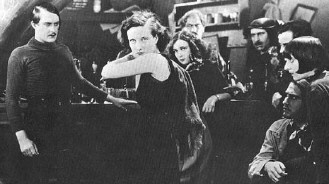 So, it still is today. Paris as a gangster city is much less thopught of than Chigago but the term Film Noir canters in from the City of love because it was also the city of hoodlums especially during the war..Based on Joseph (Belle de Jour) Kessel’s novel about the French Resistance in Paris during World War II, Jean-Pierre Melville’s The Army in the Shadows was criticised upon release for incorporating the director’s
So, it still is today. Paris as a gangster city is much less thopught of than Chigago but the term Film Noir canters in from the City of love because it was also the city of hoodlums especially during the war..Based on Joseph (Belle de Jour) Kessel’s novel about the French Resistance in Paris during World War II, Jean-Pierre Melville’s The Army in the Shadows was criticised upon release for incorporating the director’s 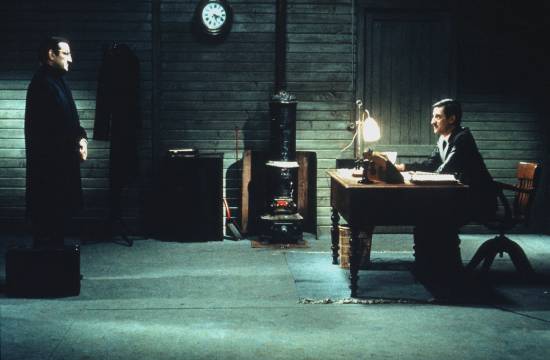 well-known pre-occupation with 1930s American gangster films. Here WWII Paris is not just full of German soldiers, but shadowy figures lurking in alleyways wearing
well-known pre-occupation with 1930s American gangster films. Here WWII Paris is not just full of German soldiers, but shadowy figures lurking in alleyways wearing  long coats and fedoras, carrying pistols, and escaping in snazzy black Citroens. While the criticism is unfair, as the film carries an authenticity to the period, to the details in Kessel’s novel, and to the Melville’s own experiences as a member of the resistance, The Army in the Shadows sits very comfortably with the director’s previous gangster films Bob Le Flambeur
long coats and fedoras, carrying pistols, and escaping in snazzy black Citroens. While the criticism is unfair, as the film carries an authenticity to the period, to the details in Kessel’s novel, and to the Melville’s own experiences as a member of the resistance, The Army in the Shadows sits very comfortably with the director’s previous gangster films Bob Le Flambeur (1955), Le Deuxième Souffle (1966)
(1955), Le Deuxième Souffle (1966) , and Le Samouraï (1967).
, and Le Samouraï (1967). 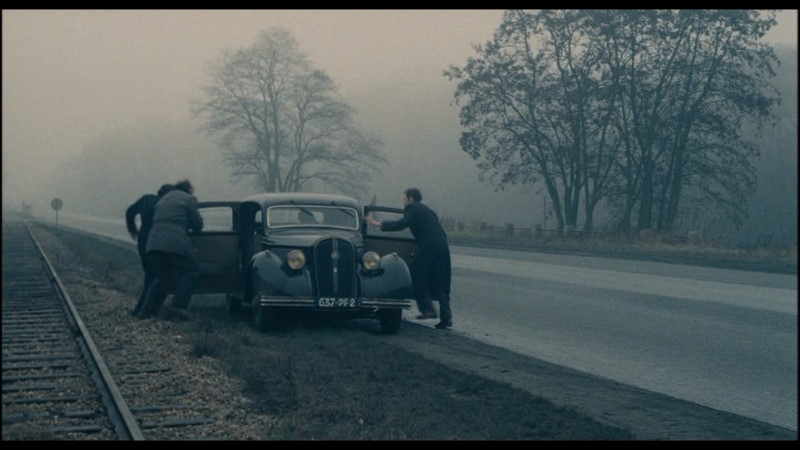
The film opens with a truly astonishing and almost dream-like shot of a procession of German soldiers marching down the Champs D’Elysees.
 From this almost documentary representation of Nazi-occupied Paris, the film clutches tightly at the viewer from the beginning and barely lets its stranglehold go until after the end credits.
From this almost documentary representation of Nazi-occupied Paris, the film clutches tightly at the viewer from the beginning and barely lets its stranglehold go until after the end credits.
Melville regular plays Philippe Gerbier (played by Melville regular, Ventura), a seemingly easy-going civil engineer,
 as he escapes from Gestapo headquarters and reunites with his fellow resistance fighters, one of whom he knows to be an informer. In a painful and uncomfortably realistic scene, which exemplifies the cold objective restraint but harrowing brutality of the films atmosphere, Gerbier and his crew agree that a gunshot will attract unwanted attention and decide to execute the traitor by strangling him with a towel.The Boche and their traitors are the villains in this tour de force as much as they are today.
as he escapes from Gestapo headquarters and reunites with his fellow resistance fighters, one of whom he knows to be an informer. In a painful and uncomfortably realistic scene, which exemplifies the cold objective restraint but harrowing brutality of the films atmosphere, Gerbier and his crew agree that a gunshot will attract unwanted attention and decide to execute the traitor by strangling him with a towel.The Boche and their traitors are the villains in this tour de force as much as they are today.There are no heroics or obvious delineations between good guys and bad guys here, this act of murder is simply a necessity performed with a melancholic painful sense of duty.
After travelling to London to receive a medal from De Gaulle, Gerbier hears about the arrest of Felix (Crauchet), another of his companions. Returning to Paris the crew try to formulate a plan to free the prisoner and Mathilde (the magnificent Signoret,
 as stunning as ever) concocts the idea to disguise themselves as German ambulance drivers. Mathilde, however, has to make some difficult choices when she discovers that the Gestapo has captured her daughter.
as stunning as ever) concocts the idea to disguise themselves as German ambulance drivers. Mathilde, however, has to make some difficult choices when she discovers that the Gestapo has captured her daughter.
Shot in Melville’s trademark style of meticulously arranged and understated compositions, Pierre Lhomme and Walter Wottitz’s uses of muted tones (all damp greens, blues and greys) gives the film a cold, doom-fated sense of tension. Although Melville follows the resistance group’s obsessive attention to details and necessity of planning, the sombre and almost melancholic atmosphere adds an extra note of suspense to the idea that capture, mistrust and death are around any and every corner. The film is filled with long silences and furtive glances as if trust, communication, and emotions are as dangerous as any weapons. The tension and the suspense almost reaches fever pitch at times and the carrying out of Mathilde’s rescue plans are as thrilling and invigorating as any of the crime heists in Melville’s gangster films.
While films such as Le Samouraï and
 have typically been hailed as Melville’s masterpieces,
have typically been hailed as Melville’s masterpieces, this film has regrettably fallen into a state of almost anonymity (it was never released in the States for reasons unknown). Hopefully this revival and re-release will help to bring The Army in the Shadows into the light as one of the director’s greatest achievements and to its rightful place as one of the best French films of the 60s.
this film has regrettably fallen into a state of almost anonymity (it was never released in the States for reasons unknown). Hopefully this revival and re-release will help to bring The Army in the Shadows into the light as one of the director’s greatest achievements and to its rightful place as one of the best French films of the 60s.
Nobody’s likely to confuse French director Robert Guédigian’s dense, multi-stranded French Resistance flick “Army of Crime” with the extended “Saturday Night Live” sketch that is Quentin Tarantino’s “Inglourious Basterds,” or with Jean-Pierre Melville’s brooding, downbeat 1969 masterpiece “Army of Shadows.” But this is a solid, spellbinding drama based closely on what is supposed to be real history,
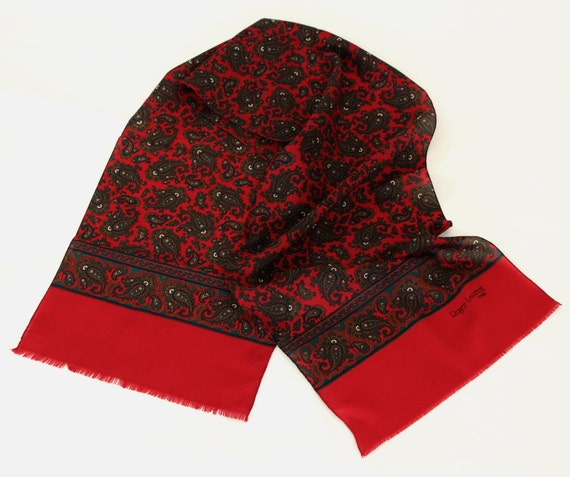 acclaimed thriller, set during the French Resistance, Armenian poet Missak Manouchian (Simon Abkarian) and his French wife (Virginie Ledoyen) lead a ragtag assortment of volunteers
acclaimed thriller, set during the French Resistance, Armenian poet Missak Manouchian (Simon Abkarian) and his French wife (Virginie Ledoyen) lead a ragtag assortment of volunteers  — Jews, Poles, Hungarians, Italians, Spaniards and Armenians — in an assassination plot against the German occupiers and their French alliesAs a busload of wartime prisoners is transported to an unknown destination by their Nazi-collaborator jailers, we hear an unseen narrator reciting an honor roll of names, each one followed by the phrase “mort pour la France” (“died for France”). The surnames are Polish or Hungarian or Armenian or Jewish or Russian or Italian — hardly any would have been recognized by a nationalistic Frenchman of those years as “truly French.”it tells the largely true story of a daring, ragtag Resistance unit led by Armenian poet Missak Manouchian (Simon Abkarian) and his wife, Mélinée (gorgeous French starlet Virginie Ledoyen). Others in the group include Marcel Rayman (Robinson Stévenin), a handsome young French Jew who carries out a reckless series of public assassinations of German soldiers, a Hungarian family who host clandestine gatherings in their Parisian bar,
— Jews, Poles, Hungarians, Italians, Spaniards and Armenians — in an assassination plot against the German occupiers and their French alliesAs a busload of wartime prisoners is transported to an unknown destination by their Nazi-collaborator jailers, we hear an unseen narrator reciting an honor roll of names, each one followed by the phrase “mort pour la France” (“died for France”). The surnames are Polish or Hungarian or Armenian or Jewish or Russian or Italian — hardly any would have been recognized by a nationalistic Frenchman of those years as “truly French.”it tells the largely true story of a daring, ragtag Resistance unit led by Armenian poet Missak Manouchian (Simon Abkarian) and his wife, Mélinée (gorgeous French starlet Virginie Ledoyen). Others in the group include Marcel Rayman (Robinson Stévenin), a handsome young French Jew who carries out a reckless series of public assassinations of German soldiers, a Hungarian family who host clandestine gatherings in their Parisian bar, and a swaggering, streetwise Polish Communist named Henri Krasucki (Adrien Jolivet) — who would actually survive the war and become a player in French left-wing politics.
and a swaggering, streetwise Polish Communist named Henri Krasucki (Adrien Jolivet) — who would actually survive the war and become a player in French left-wing politics.,
In the 1960s the arrondissement changed.

And this is the Butte-aux-Cailles – Hill of the Quail(s).
If you live in Paris and you’ve not been there, then go, and if you plan to visit Paris, do put it on your list of must see. You
 will love it. Believe me, you will love it because it is a most delightful area of Paris.
will love it. Believe me, you will love it because it is a most delightful area of Paris.There are two versions of the origin of the name Butte-aux-Cailles.
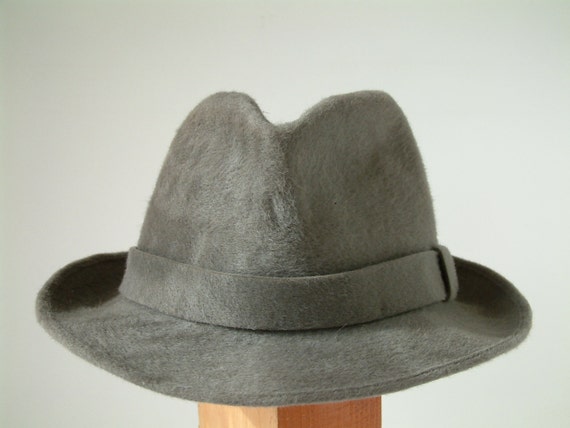
One is quite lyrical.
Under the Roofs of Paris was Clair’s first venture into the world of sound, Much like Le Million, Paris forms something of a bridge between the silent film and the talkie,
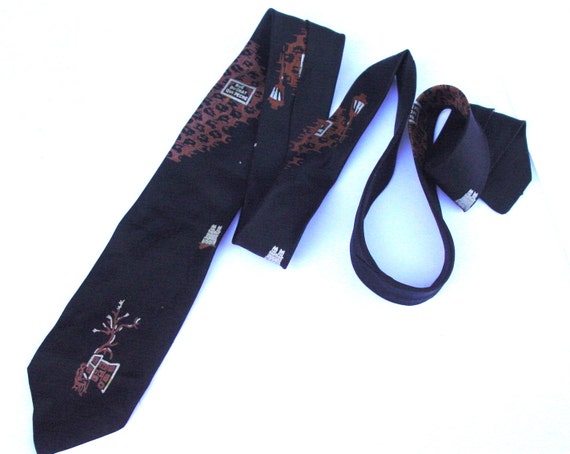 although it’s definitely rougher around the edges than that later masterwork. Paris’ greatest flaw is almost certainly its paper-thin excuse for a story, which sees a man (Albert) fall in love with a woman (Pola) only to go to prison and lose her to his best friend (Louis).
although it’s definitely rougher around the edges than that later masterwork. Paris’ greatest flaw is almost certainly its paper-thin excuse for a story, which sees a man (Albert) fall in love with a woman (Pola) only to go to prison and lose her to his best friend (Louis). It’s as simplistic as it sounds, and the plot mechanisms are all too evident: the robbery that leads to lead Albert’s imprisonment appears out of nowhere,
It’s as simplistic as it sounds, and the plot mechanisms are all too evident: the robbery that leads to lead Albert’s imprisonment appears out of nowhere, 
and briskly propels the narrative forward by a month whereas previously it had focused on a 24hr period. Moreover, the explanation for Pola and Louis’ relationship is provided to us in that swift time slot – in other words, we don’t get much explanation at all and their so-called ‘love’ for one another comes across as
 distractingly undercooked. And then there’s the fact that all the characterisations bar Albert are similarly destitute: Louis is practically unknown to us; and Pola, the romantic interest of three characters in the film, is little more than a fickle whore. The intended ‘bittersweet’ ending is instead rendered purely sweet as a result of her irksome presence. Gaston Modot, the
distractingly undercooked. And then there’s the fact that all the characterisations bar Albert are similarly destitute: Louis is practically unknown to us; and Pola, the romantic interest of three characters in the film, is little more than a fickle whore. The intended ‘bittersweet’ ending is instead rendered purely sweet as a result of her irksome presence. Gaston Modot, the 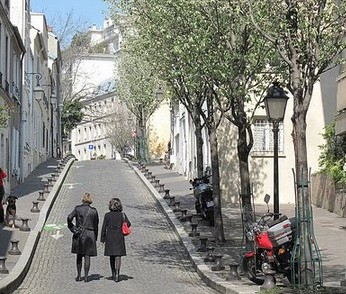 delightful actor who played a role in many of France’s greatest films of the 1930s (La Règle du jeu, L’Âge d’Or, La Grande illusion) makes a typically comical impression as the film’s ‘villain’ but is eventually sidelined in favour of the banal love story.
delightful actor who played a role in many of France’s greatest films of the 1930s (La Règle du jeu, L’Âge d’Or, La Grande illusion) makes a typically comical impression as the film’s ‘villain’ but is eventually sidelined in favour of the banal love story.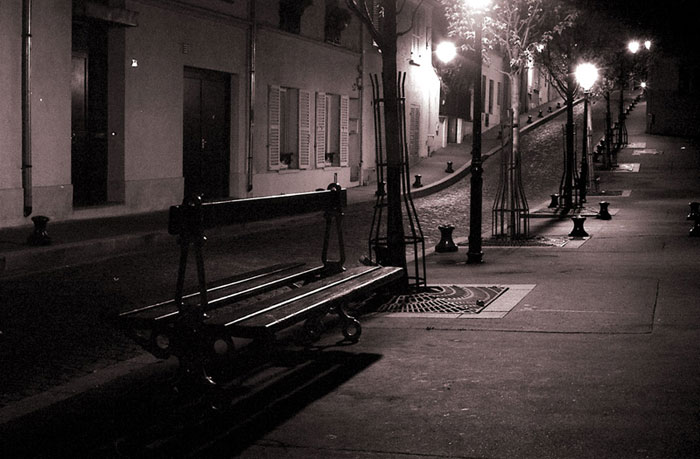
Although the director’s mélange of mobile camerawork + song + slapstick + minimal dialogue succumbs to the occasional awkward moment, for the most part it’s a triumph that successfully creates the lyrical romanticism so absent in the screenplay. Clair’s envisioning of working-class Paris looks as if it’s ripped out from a picturebook, and this near-oneiric conception of the city – accordions, berets and all – does little in the way of providing substance to potentially serious concerns. This is not the most significant of hindrances however, because Paris functions best as another slice of that charming-yet-sophisticated brand of French confectionary that Clair seeks to recreate (Jean-Pierre Jeunet should take notes.) Taken as a whimsical romp through a working man’s daily affairs, one can see it as an early filmic embodiment of joie de vivre. Despite the setbacks, we’re informed at film’s end that life continues to plays on as if like a beautiful song. It’s an irresistible finale to a film that, despite its own setbacks, justifies its conclusions by enamouring us in its own world, if only for a brief moment in time.
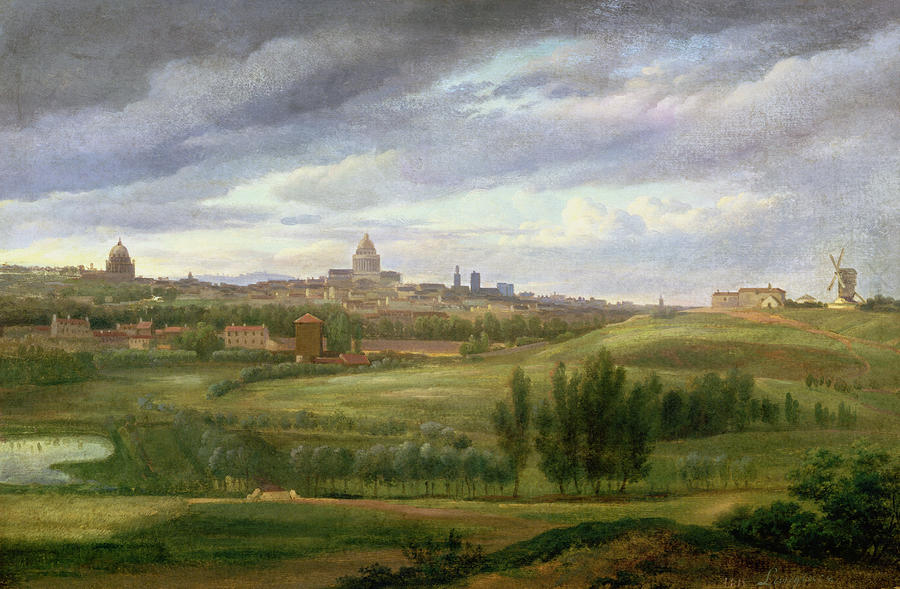
 The other version of the origin of the name, which is now taken as the correct one, is that in 1543 one Pierre Caille, a wealthy man, had bought a parcel of limestone knolls south of Paris and had started to plant vines and to make wine. After him his son Clément had bought more of the hilly land and a small commune had sprung up. The area had become known as the Butte de Caille (Caille’s hill), then Butte Caille (Caille Hill) and then Butte-aux-Cailles – Hill of the Quail(s).
The other version of the origin of the name, which is now taken as the correct one, is that in 1543 one Pierre Caille, a wealthy man, had bought a parcel of limestone knolls south of Paris and had started to plant vines and to make wine. After him his son Clément had bought more of the hilly land and a small commune had sprung up. The area had become known as the Butte de Caille (Caille’s hill), then Butte Caille (Caille Hill) and then Butte-aux-Cailles – Hill of the Quail(s).The Butte had a moment of glory on November 21, 1783, when the French chemist, physicist and nobleman, François Pilâtre de Rozier
 landed, or rather made a bumpy landing, on the hill after the world’s first ever flight in a hot-air balloon which was designed by the Montgolfier brothers. (De Rozier was to die in another hot-air balloon crash which obviously had been more than just a little bumpy.) If you are an aviation enthusiast and you want to stand on the very spot where De Rozier had landed that November day, it is on Avenue d’Italie (at No. 20) at the entrance of the parking bay of Italie 2 (formerly Galaxy) shopping mall.
landed, or rather made a bumpy landing, on the hill after the world’s first ever flight in a hot-air balloon which was designed by the Montgolfier brothers. (De Rozier was to die in another hot-air balloon crash which obviously had been more than just a little bumpy.) If you are an aviation enthusiast and you want to stand on the very spot where De Rozier had landed that November day, it is on Avenue d’Italie (at No. 20) at the entrance of the parking bay of Italie 2 (formerly Galaxy) shopping mall.The Butte also had a moment of suffering in 1871 when a fierce battle had broken out on the hill during the Commune when Paris’ workers had risen up against the government of Napoleon III, France’s last monarch. (I won’t go into what the Commune was about other than to say one of its causes was the Franco-Prussian War during which Prussia besieged Paris forcing the starving Parisians to eat rats.)

The easiest way for you to get to the Butte-aux-Cailles is to go by Metro. It is Line (ligne) 5 and you descend at Corvisart station. You then walk into the long, narrow and climbing Rue des Cinq Diamants and you are on the Butte. When you get to the top of the street whichever way you then walk will be the right way. Follow your heart, go right or left, and right again. You will see charming little shops, bistros,
restaurants, houses. All will be small – quaint. There is Rue de la Butte aux Cailles itself, and Rue de l’Espérance and numerous cobbled alleywaysParis has always played second fiddle to London as a capital of male elegance. The city of lights built its world renown around women’s fashion, parfumerie and other luxury goods. But the bespoke ambience of Paris until the mid to late 1960s was extraordinary. Some of the very best tailors, shirtmakers, bottiers and leather craftsmen animated the French capital and their works were equal or superior to anything made in Savile Row, Milan or Naples. Virtually all of this legendary talent along with its precious DNA is gone, vanished, poof…..au revoir. It’s a bitter shame. There are a handful of artisans, among them a few tailors and shirtmakers who struggle to continue the tradition. Charvet is the leader along with a few independents. The subject of Parisian style is worthy of a book, but in this short pictorial we will look back at the golden age of Parisian elegance (the 1950s) through the prism of one film of the era and two splendid actors: Jean Gabin and Lino Ventura.In the 1953 police film Touchez pas au Grisbi (Get your hands off the loot!), Jean Gabin wears three legendary DB suits made by the equally legendary tailoring dynasty of Camps in Paris. The DB are characterized by very long, natural shoulders, the kind one would expect to see from AS but with a pronounced cigarette or “rope" at the sleevehead. Notice the very small armholes that confer character to the garment.
 The line of the suits is superb in every way. Parisian style, a kind of alchemy between sober English tailoring and the extroverted Italianate…Savile Row with a touch of panache. Jean Gabin was supercharged with charisma, probably unlike any French actor before or since. The picture above communicates the essence of his Orson Welles like magnetism. Even his shadow was imbued with charisma as the beautiful Jeanne Moreau discovers.
The line of the suits is superb in every way. Parisian style, a kind of alchemy between sober English tailoring and the extroverted Italianate…Savile Row with a touch of panache. Jean Gabin was supercharged with charisma, probably unlike any French actor before or since. The picture above communicates the essence of his Orson Welles like magnetism. Even his shadow was imbued with charisma as the beautiful Jeanne Moreau discovers.
Hi, where did you take the picture with the bench ?
ReplyDelete